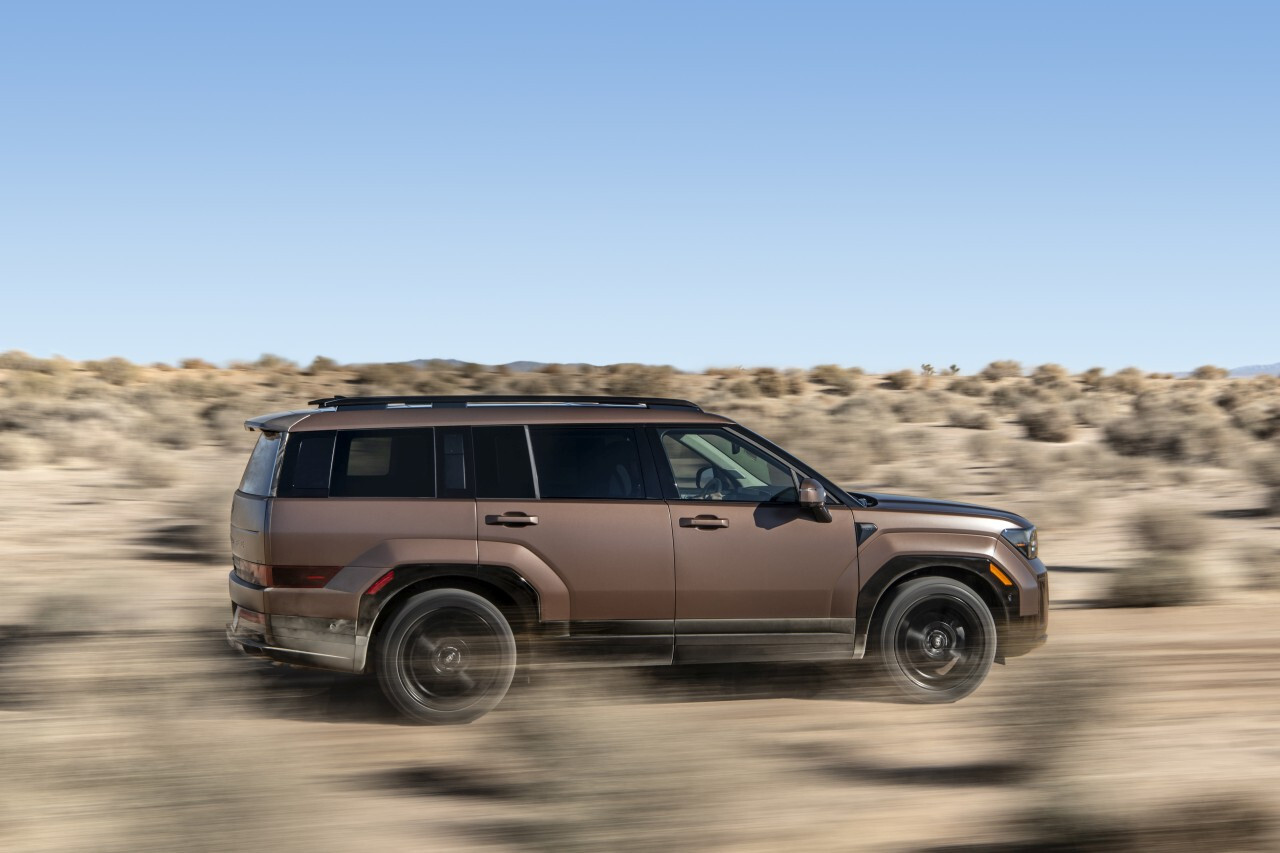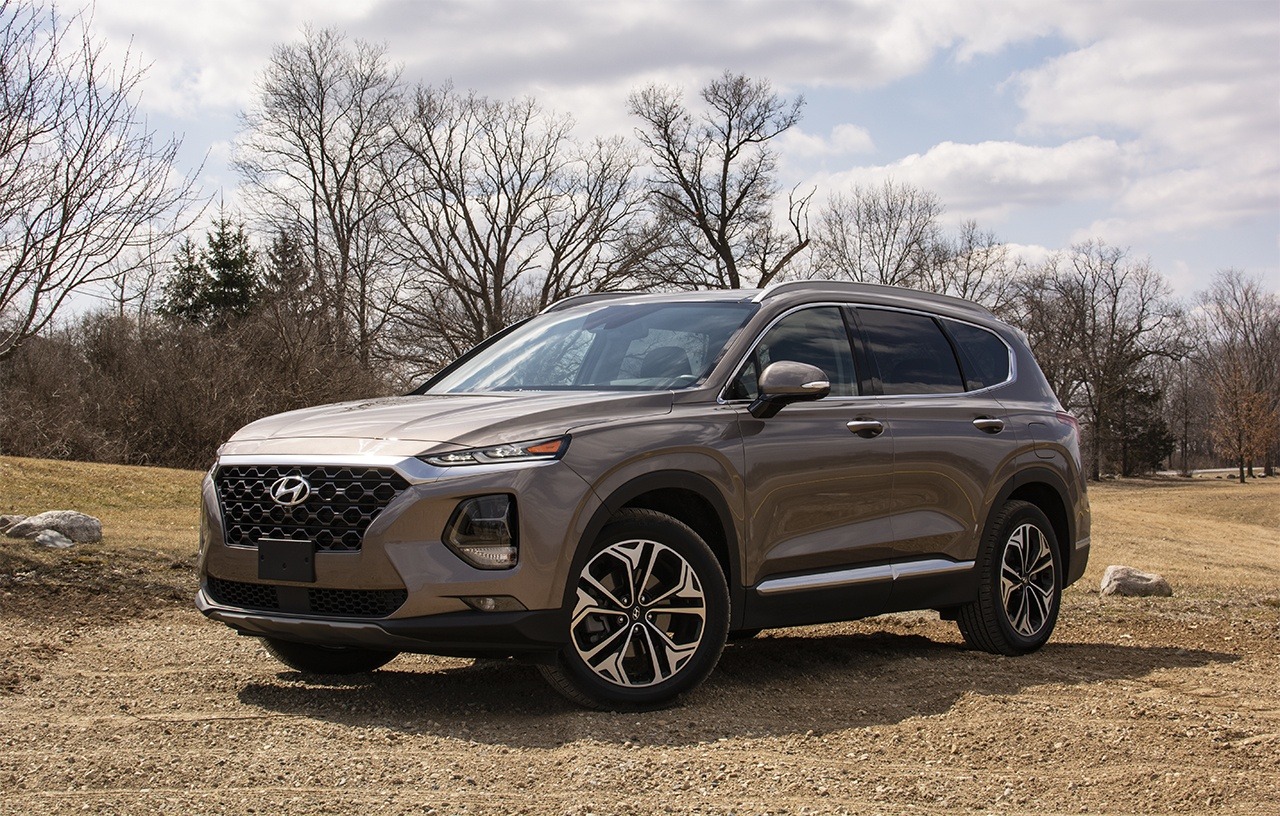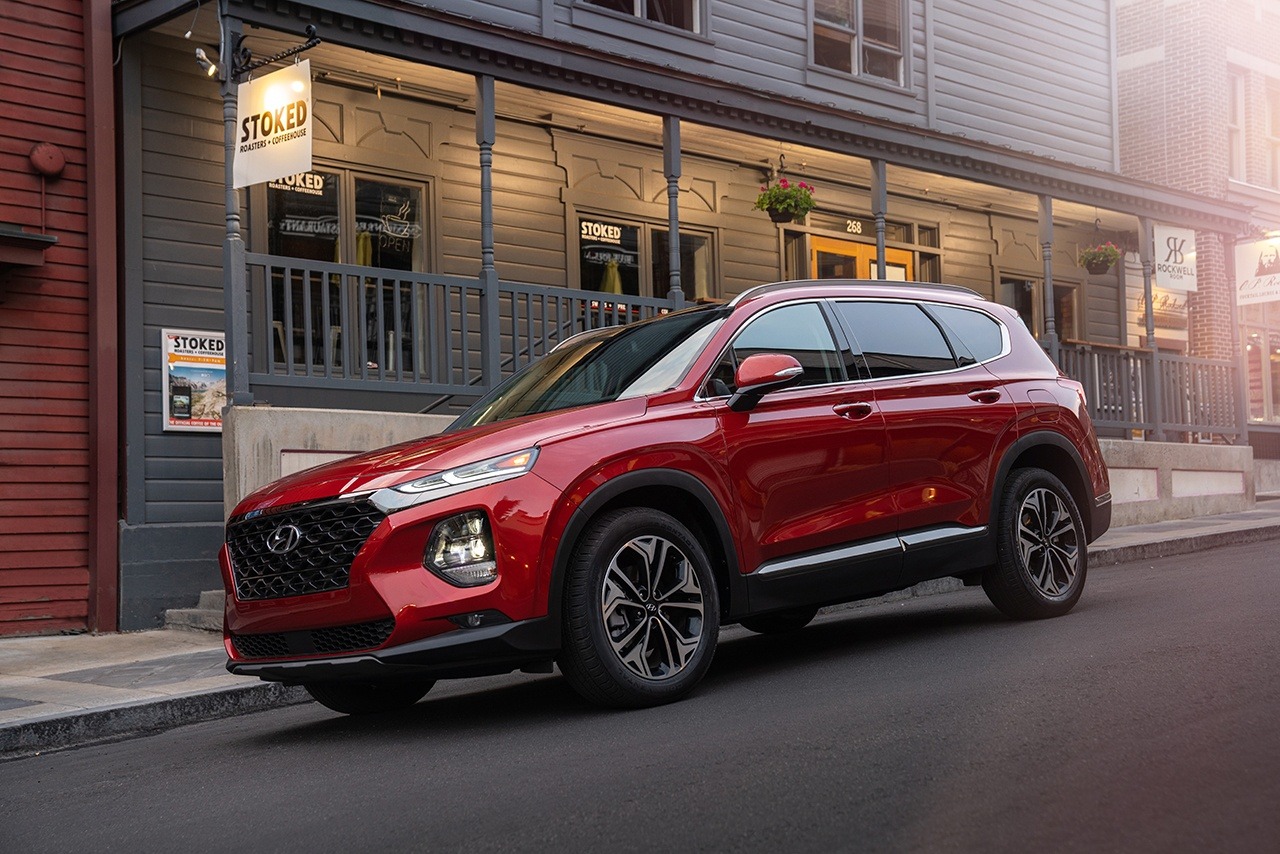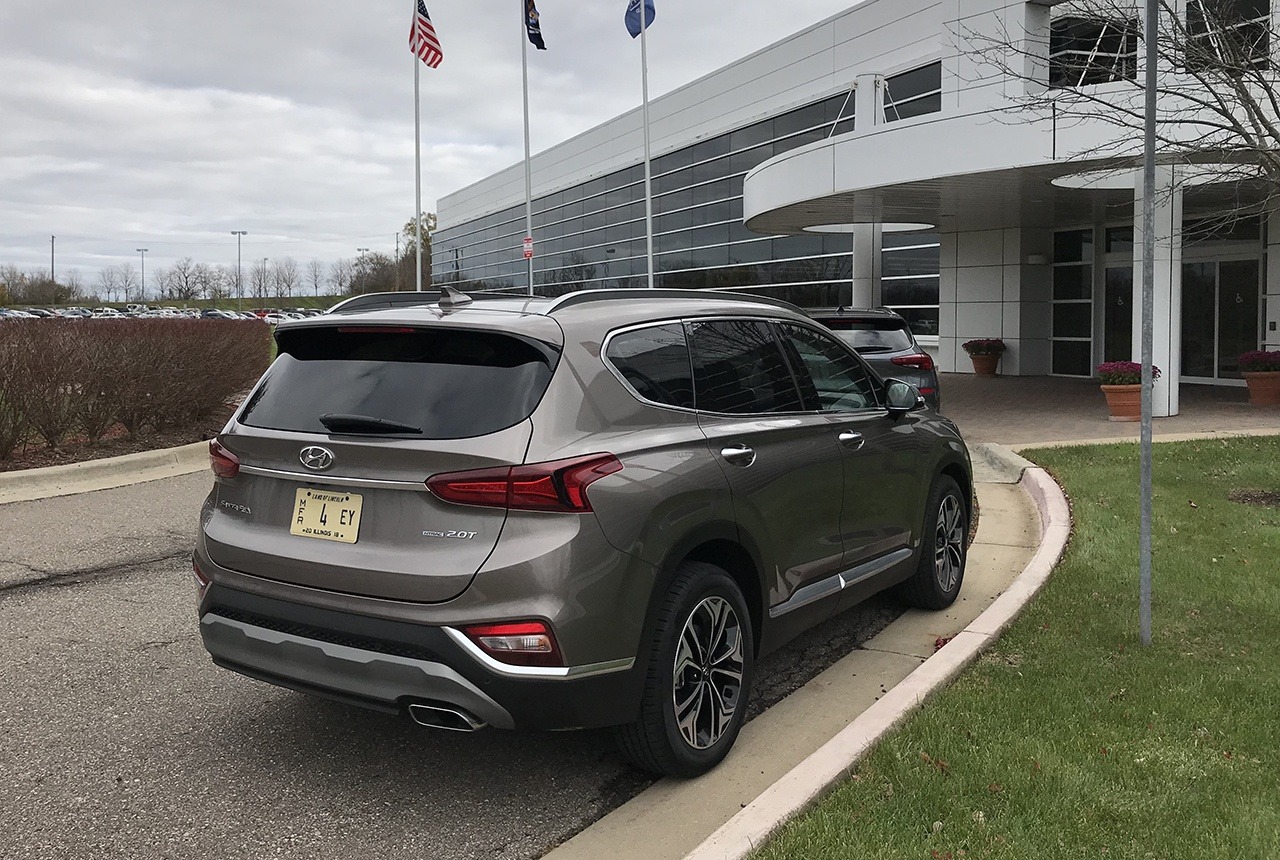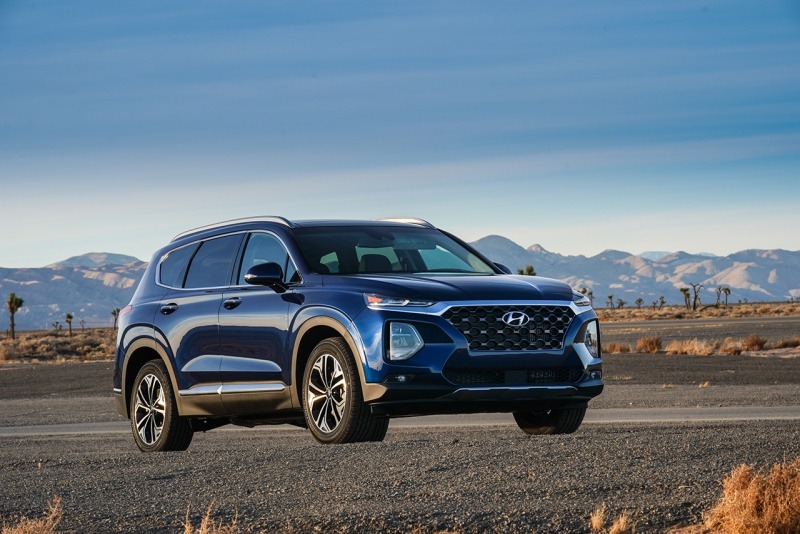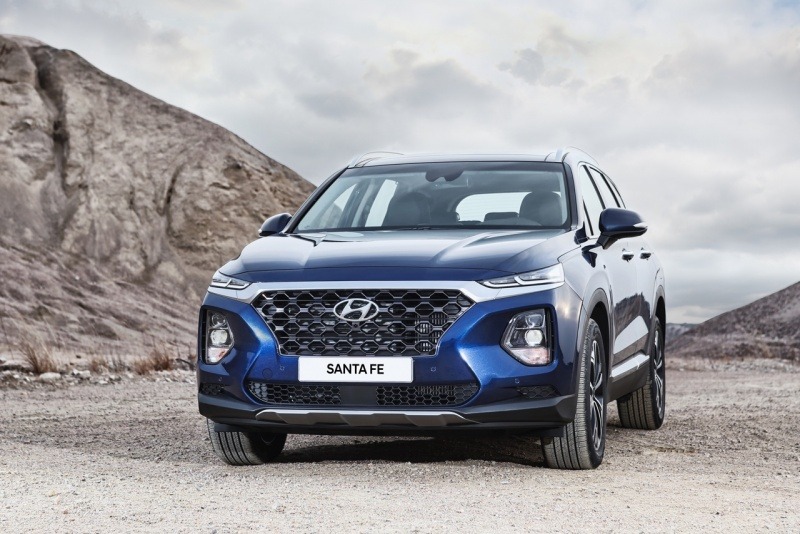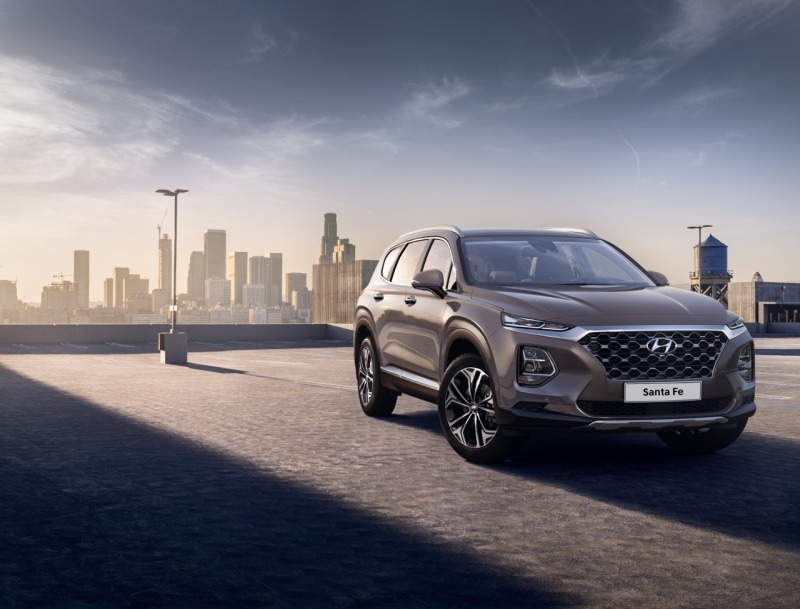Search the Community
Showing results for tags 'santa fe'.
-
Just last week, we reported that the all-new 2024 Chevrolet Traverse will see a large price jump. In what is looking to be an industry trend, Hyundai just reported significant price increases for its large mid-size 2024 Hyundai Santa Fe. The new 2024 Santa Fe base price starts at $33,950 plus a...
-
From the album: 2024 Hyundai Santa Fe
Click here to read more about the 2024 Hyundai Santa Fe -
From the album: 2024 Hyundai Santa Fe
Click here to read more about the 2024 Hyundai Santa Fe -
From the album: 2024 Hyundai Santa Fe
Click here to read more about the 2024 Hyundai Santa Fe -
From the album: 2024 Hyundai Santa Fe
Click here to read more about the 2024 Hyundai Santa Fe -
From the album: 2024 Hyundai Santa Fe
Click here to read more about the 2024 Hyundai Santa Fe -
From the album: 2024 Hyundai Santa Fe
Click here to read more about the 2024 Hyundai Santa Fe -
From the album: 2024 Hyundai Santa Fe
Click here to read more about the 2024 Hyundai Santa Fe -
From the album: 2024 Hyundai Santa Fe
Click here to read more about the 2024 Hyundai Santa Fe -
From the album: 2024 Hyundai Santa Fe
Click here to read more about the 2024 Hyundai Santa Fe -
From the album: 2024 Hyundai Santa Fe
Click here to read more about the 2024 Hyundai Santa Fe -
From the album: 2024 Hyundai Santa Fe
Click here to read more about the 2024 Hyundai Santa Fe -
Hyundai can’t seem to stop itself from tinkering with the Santa Fe crossover. This is apparent when you consider the nameplate first debuted on compact crossover in the early 2000s before growing into a two-model family up until last year. Hyundai has made another drastic change to the Santa Fe by m...
-
Hyundai can’t seem to stop itself from tinkering with the Santa Fe crossover. This is apparent when you consider the nameplate first debuted on compact crossover in the early 2000s before growing into a two-model family up until last year. Hyundai has made another drastic change to the Santa Fe by m...
-
Hyundai was planning on offering three different powertrains for the Santa Fe; the 2.4L four-cylinder as the base, an optional turbocharged 2.0L turbo-four, and a new 2.2L turbodiesel. The diesel would also be the only Santa Fe model to offer a third-row. But Green Car Reports has learned the diesel...
-
Hyundai was planning on offering three different powertrains for the Santa Fe; the 2.4L four-cylinder as the base, an optional turbocharged 2.0L turbo-four, and a new 2.2L turbodiesel. The diesel would also be the only Santa Fe model to offer a third-row. But Green Car Reports has learned the diesel...
-
A few weeks back, I attended an event at Hyundai’s technical center which resides outside of Ann Arbor, Michigan. The reason for my visit was to get a preview of what they’ll be showing at the LA Auto Show (which I’ll be able to talk about later today once the NDA lifts). But Hyundai also offered th...
- 2 replies
-
- 2019
- first drive
-
(and 4 more)
Tagged with:
-
A few weeks back, I attended an event at Hyundai’s technical center which resides outside of Ann Arbor, Michigan. The reason for my visit was to get a preview of what they’ll be showing at the LA Auto Show (which I’ll be able to talk about later today once the NDA lifts). But Hyundai also offered th...
- 2 comments
-
- 2019
- first drive
-
(and 4 more)
Tagged with:
-
Hyundai has announced the pricing for the redesigned Santa Fe that will be arriving later this summer. Pricing will range from $26,480 for the base SE FWD equipped with the 2.4L four-cylinder (185 horsepower and 174 pound-feet of torque) to $39,780 for the Ultimate AWD with the turbocharged 2.0L fou...
-
Hyundai has announced the pricing for the redesigned Santa Fe that will be arriving later this summer. Pricing will range from $26,480 for the base SE FWD equipped with the 2.4L four-cylinder (185 horsepower and 174 pound-feet of torque) to $39,780 for the Ultimate AWD with the turbocharged 2.0L fou...
-
Hyundai has finally released more details on the next-generation 2019 Santa Fe crossover. Like the current-generation Santa Fe, Hyundai will offer two variants. The standard Santa Fe will offer seating for up to five people, while a larger Santa Fe XL will likely carry up to seven. Hyunda...
-
Hyundai has revealed a couple pictures of the next-generation Santa Fe crossover. The new model looks nothing like the current model with a more imposing profile. Up front, Hyundai has taken some ideas from the subcompact Kona with a similar grille shape and very slim headlights. Hyundai says the ne...
-
Hyundai has revealed a couple pictures of the next-generation Santa Fe crossover. The new model looks nothing like the current model with a more imposing profile. Up front, Hyundai has taken some ideas from the subcompact Kona with a similar grille shape and very slim headlights. Hyundai says the ne...



